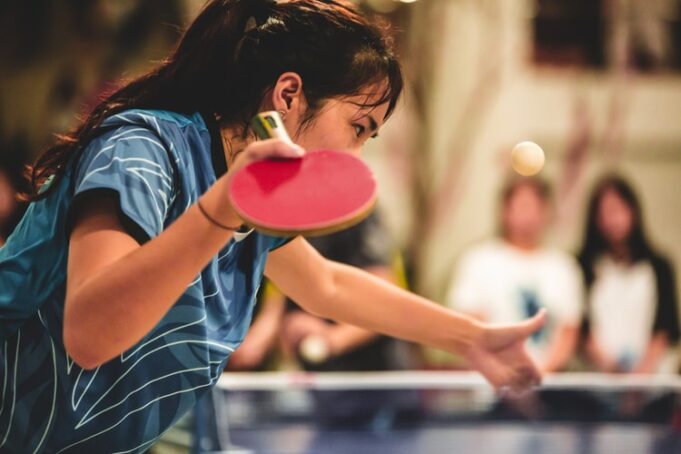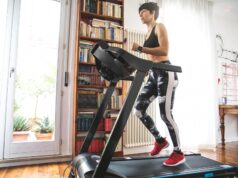Those who don’t play ping pong often grossly underestimate the skill it requires. It definitely is a full body sport that can leave you feeling sore all over, just like any other sport. An important part of each sport is the footwork involved.
The way you move your feet in order to improve your performance and play the game can make or break your excellence as a player. Correctly executed footwork readies your stance before each swing, and so it is important that you learn these technicalities before playing.
How footwork can improve your game
Of course your performance will depend on a lot of things. If you don’t know what exactly might be affecting your performance, Check PingPongBeast to identify more clues.
Some general instructions for ping pong footwork include having your knees slightly bent. Your legs should be apart, approximately at shoulder length in the way that you’re comfortable. Bending your knees will then shift your centre of gravity, making you better at your returns and at reaching the ball quickly. This also prepares your mind by putting your body into a ‘ready’ stance.
Your weight should be focused on your toes so that you can swiftly change your positions, move left and right, and reach the ball when it’s farther away from you. Position yourself parallel to the table for maximum access.
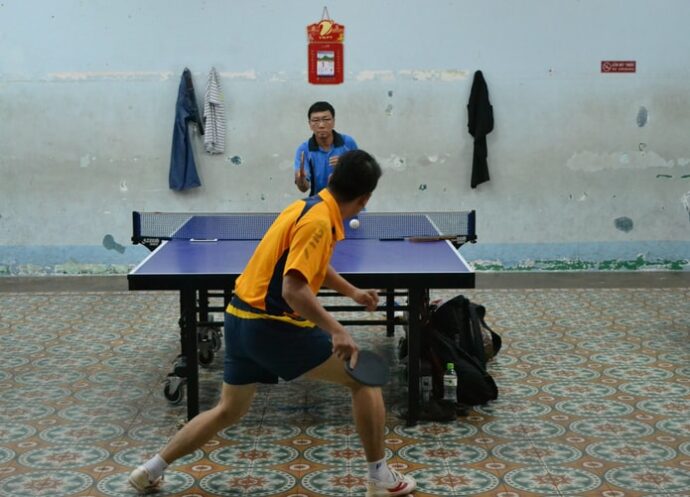
Types of footwork
There are various techniques of footwork you can employ during your game. These are specific to each situation, and some should only be preferred when absolutely necessary.
Side to side footwork
This is the most common type of footwork used and in the most abundance. It is as simple as it sounds. It is used when you are close to the table. You shift your weight from one foot to another. Remember to always move the foot on the outside first.
In and out footwork
This one is used when you are farther away from the table than the ball requires, and you need to step forward to be able to reach the ball and return it. It is often used to play back after a short service.
To work this one out, suppose that you receive the ball on the right side of the table close to the net. Your first move should be to move your left foot to the right. You then place your right foot under the table, enough to help you reach the ball and return it. You then shift your right leg back into the first position and your left leg follows.
Crossover footwork
The first two types mentioned were considering easy balls. But when you’re up against someone who knows how to play well, you might be subject to faster balls that are wider off. In those situations, you’ll need to act quickly and side to side footwork might be too time consuming for you to deliver quickly.
Consider a similar example to the previous one, if you need to return a fast ball that’s coming wide on the right, you cross your left leg over your right one to reach it. As you return the ball and swing, you place your right leg outside to uncross your legs and stabilize your stance. Once you are back in position, you move back into the centre.
One-step footwork
This one should only be used as a last resort. When a fast ball is coming your way, you don’t have enough time to react, but you need to return the ball, one-step footwork comes to the rescue. But it gives you a rather awkward and unfinished stance. After returning the ball, you directly go back to your original position using only one step.
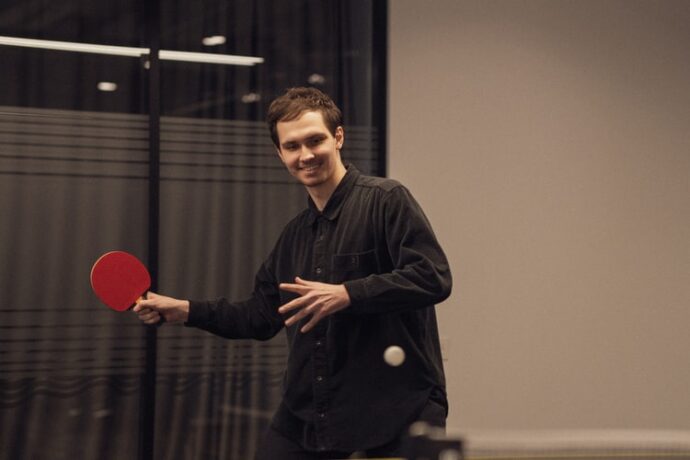
Short footwork vs long footwork
It might also be helpful to differentiate between short footwork and long footwork. Short footwork involves the shorter movements and shuffling. Many players might overlook the importance of short footwork, assuming that as long as the ball hits the table, they’ve done something right. In actuality, they are decreasing their chances of it being a successful shot by a lot. Multiple point forehand and Middle balling are two great exercises you can try to get better at this.
Long footwork on the other hand, involves taking positions and reaching places that are further away from the body. Angles are an important part of long footwork and should be mastered for clear cut shots. To get better at long footwork, practice drills like Lazy Falkenberg, 2-point forehand. Visit this website and check some of the tables which would be great for the practice.
How to improve footwork
To improve footwork, you can try out a variety of different exercises. Working out to focus on your legs, thighs and core also strengthens your muscle groups so you can put in more effort without tiring yourself out while playing.
You can also try using shadow play. While many trainers downplay the effectiveness of shadow play, it is actually very beneficial and absolutely free. You can shadow practice without a partner, a table, or a ball. Shadow play is used to really drill the technique in so that when you are around equipment, you are not using positions in relation to the equipment, but rather it comes to you naturally out of habit. This makes it easier for you to focus on the ball rather than your own movement.
Also make sure you remind yourself of what the basic stances should be. Remember to maintain balance but still be quick. Make sure your feet face the correct direction, ie., the direction you want the ball to go in. And of course, practice different swings with the footwork so you can integrate all your learned movements.
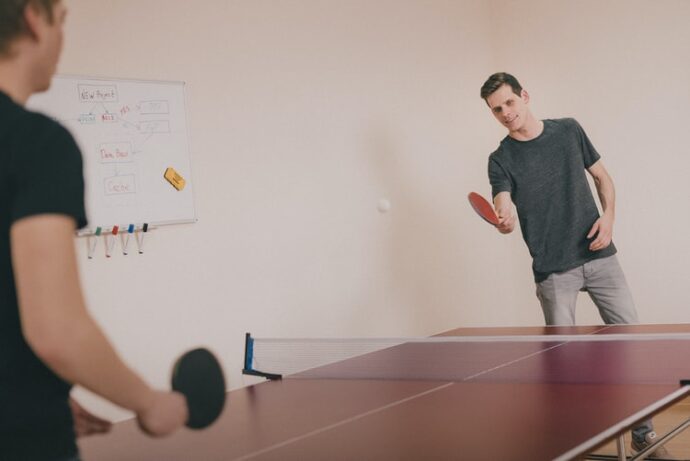
Summing up
Taking up table tennis seriously requires commitment, practice, and a clear focus on technique. Improving footwork, while it might seem secondary to beginners, is an important part of getting better. With just a little practice, you will see your performance get significantly better. As your body becomes used to positioning and moving in the correct ways, you’ll get more wins faster than you’d expect.

